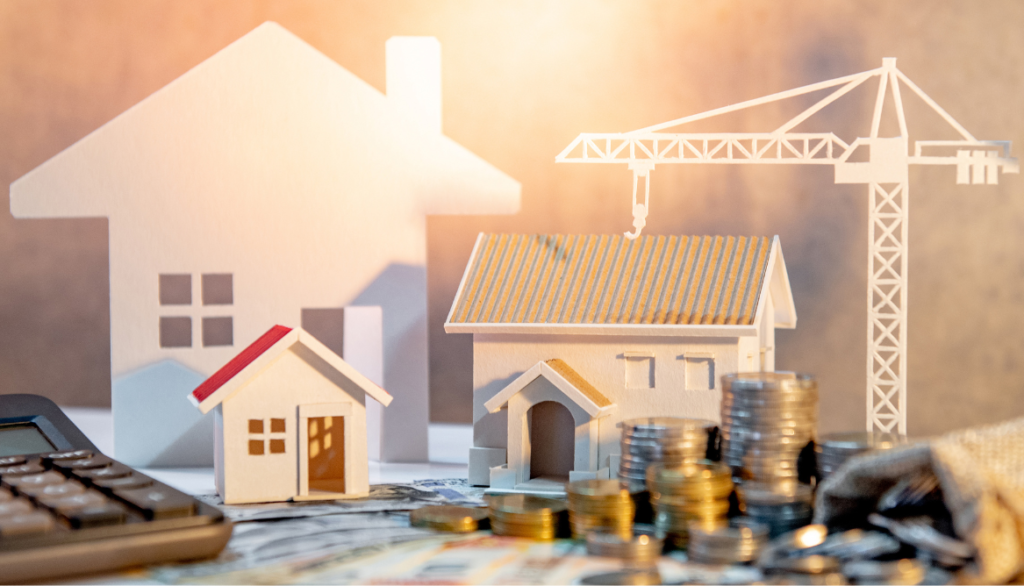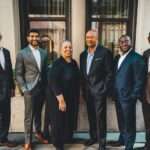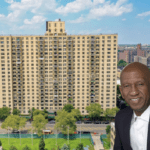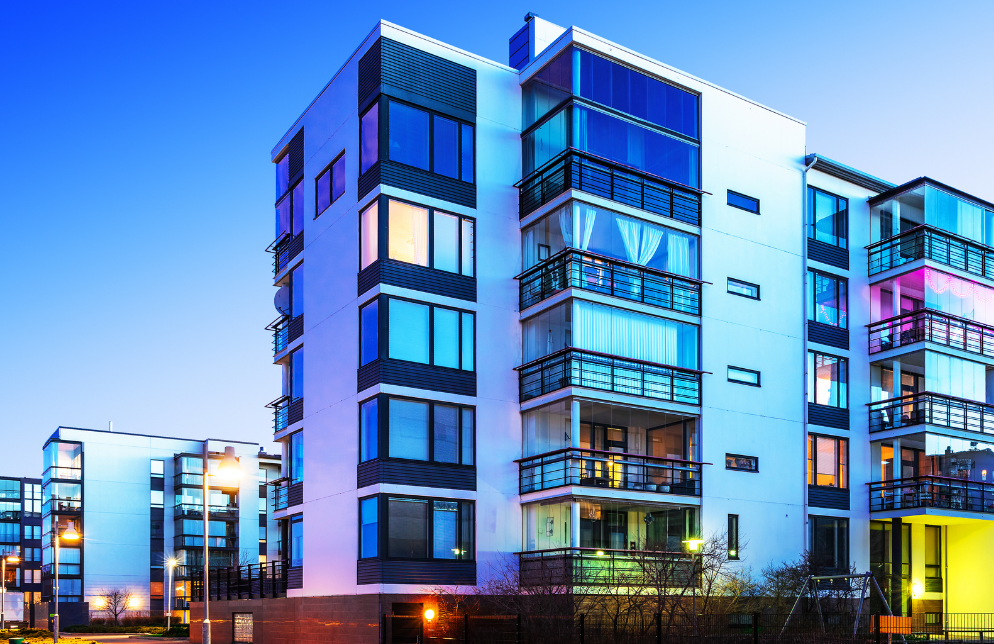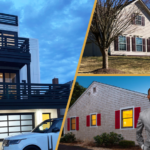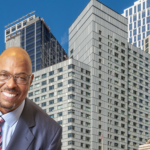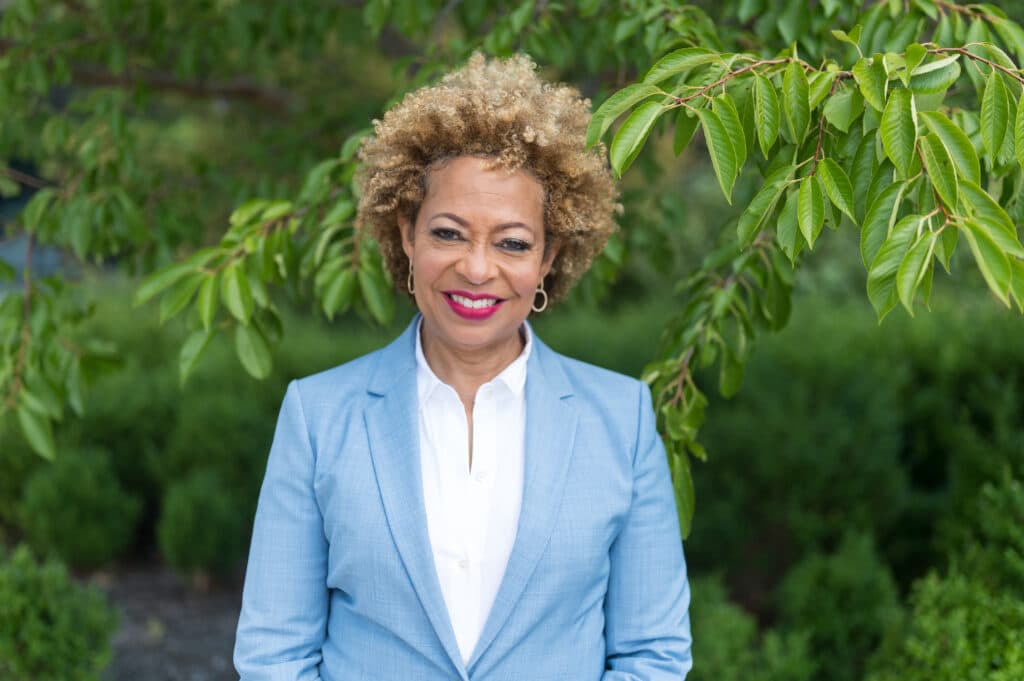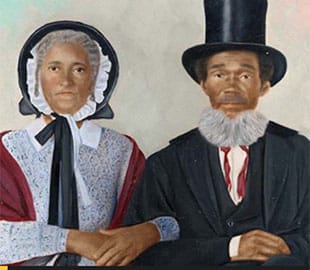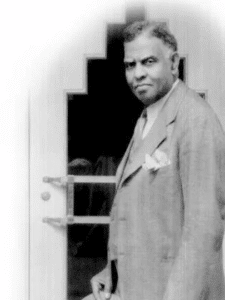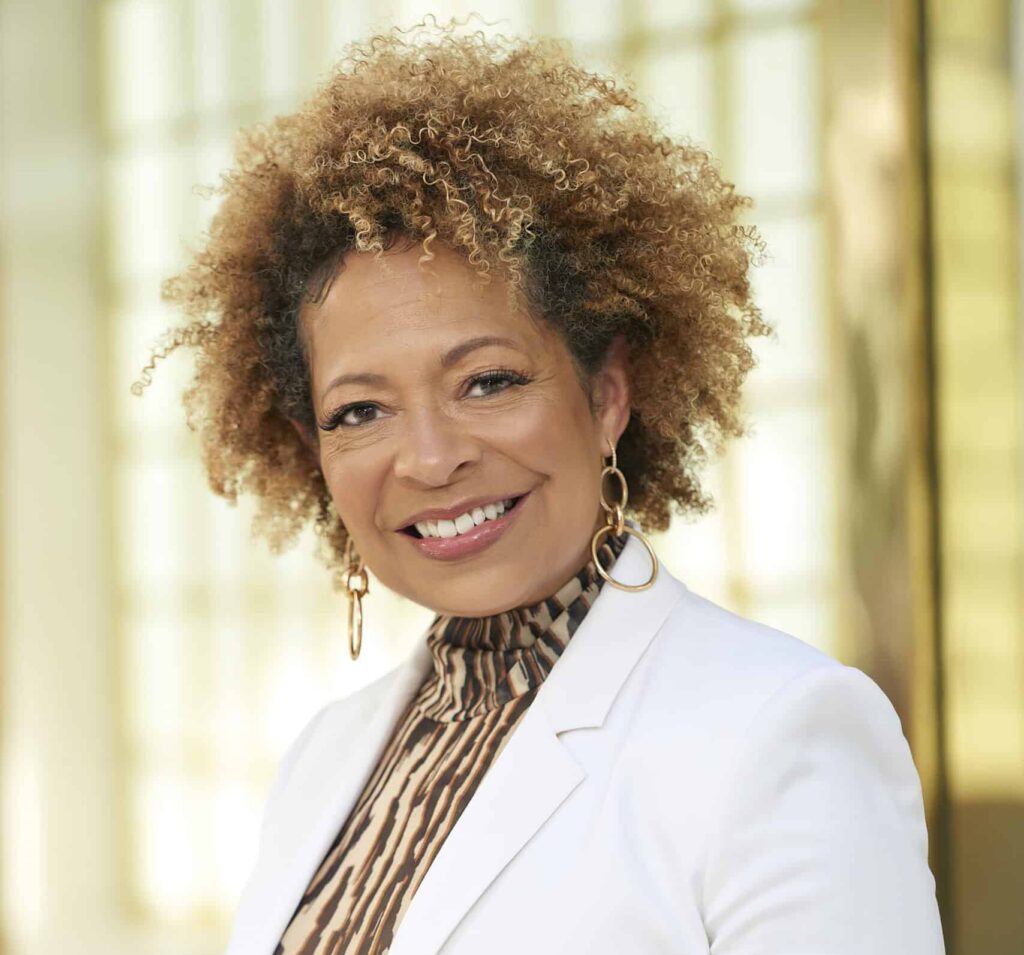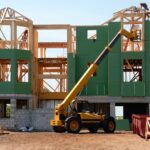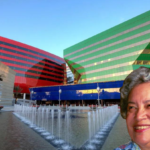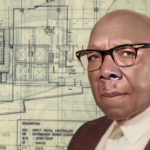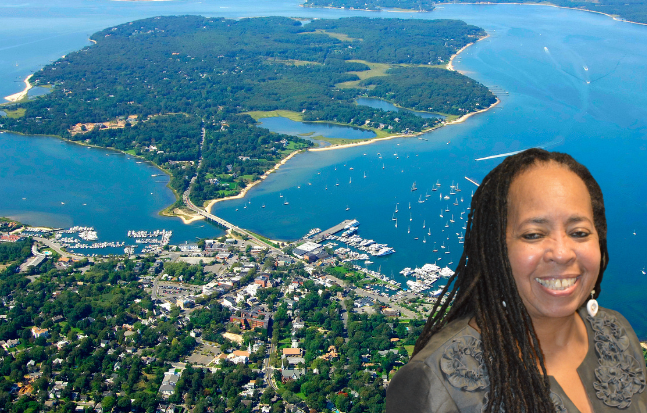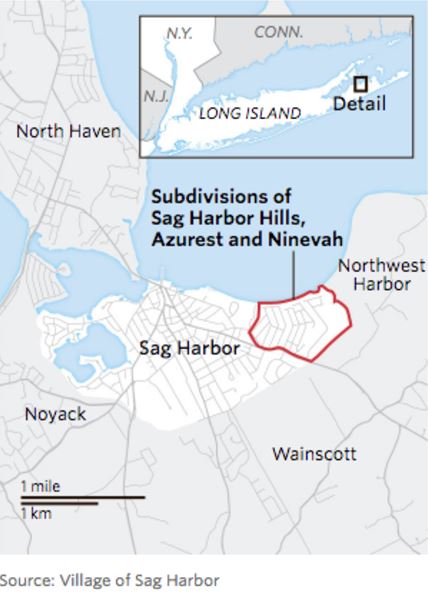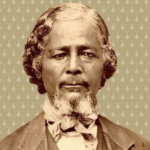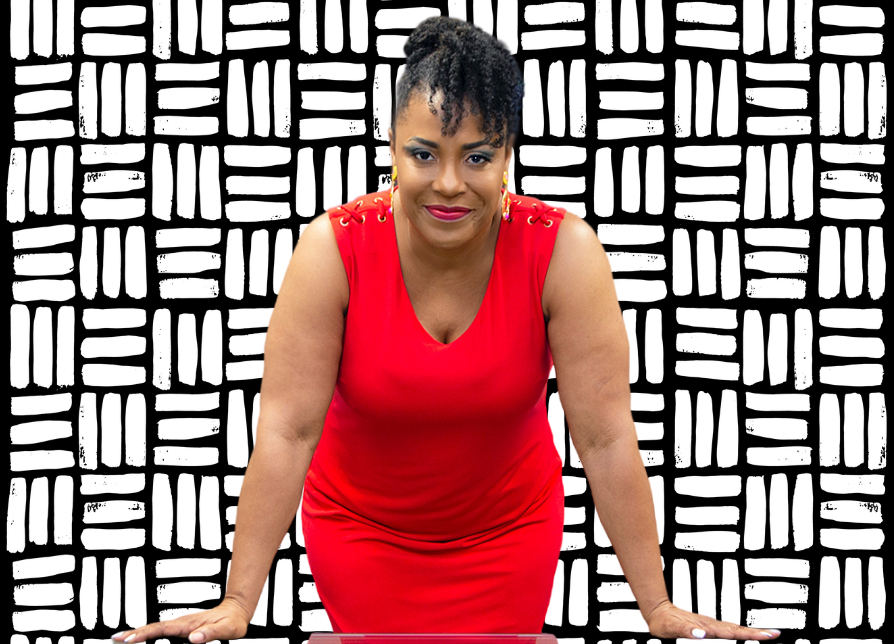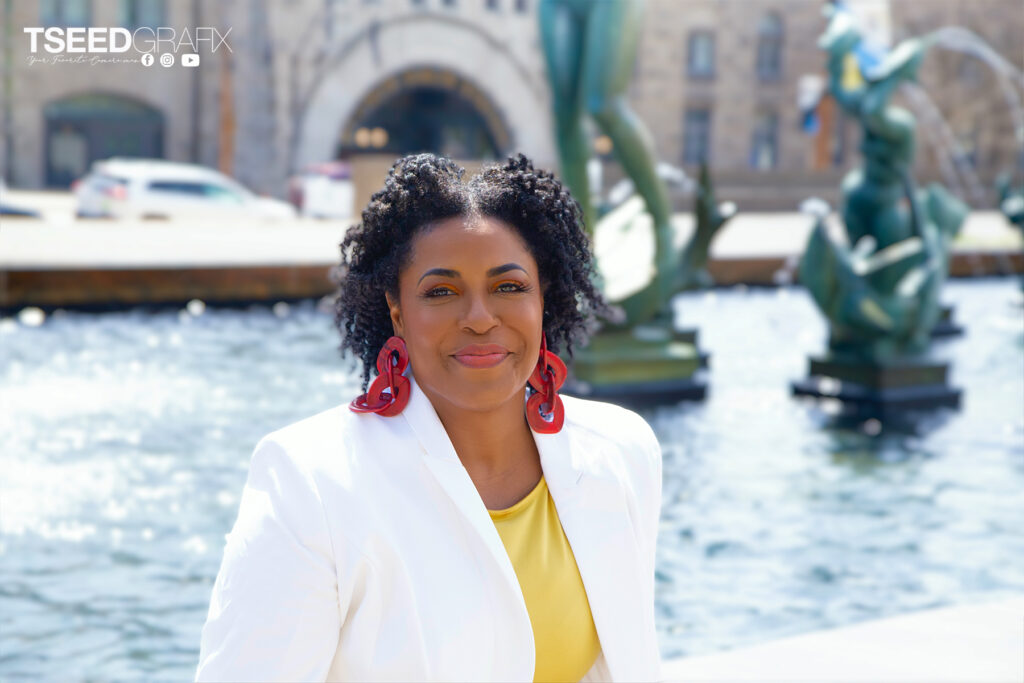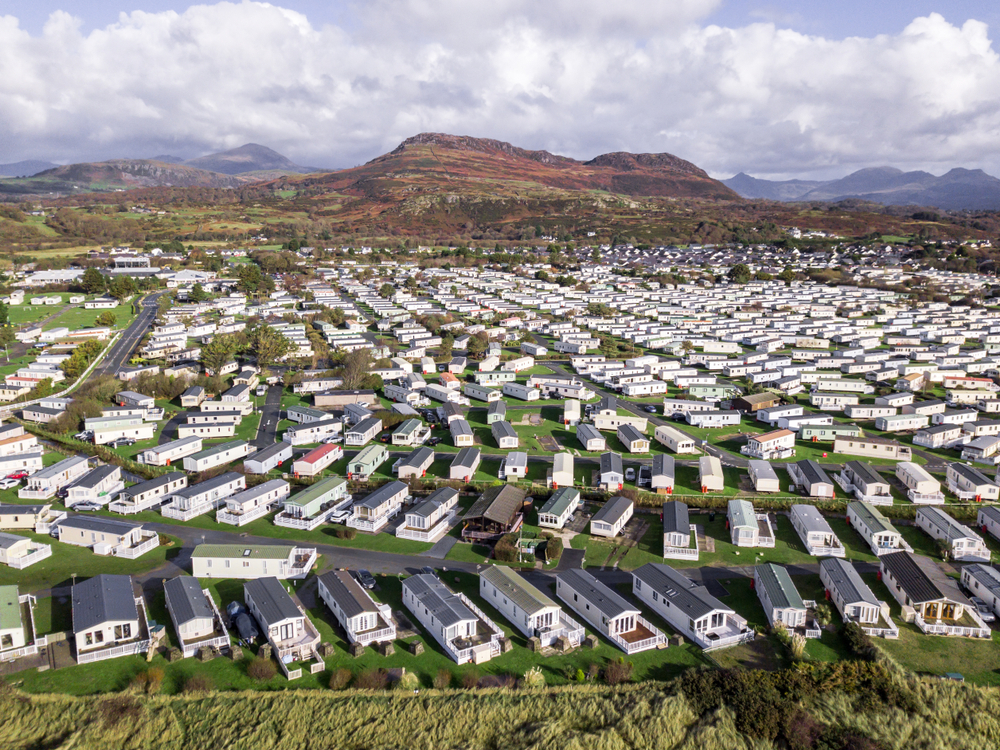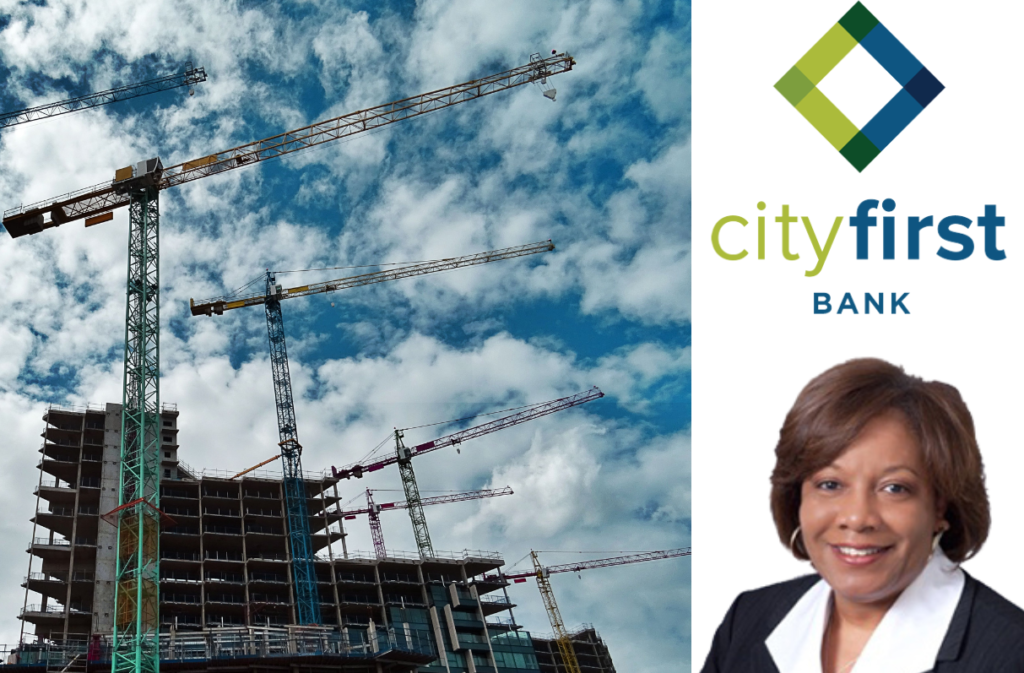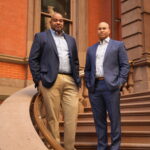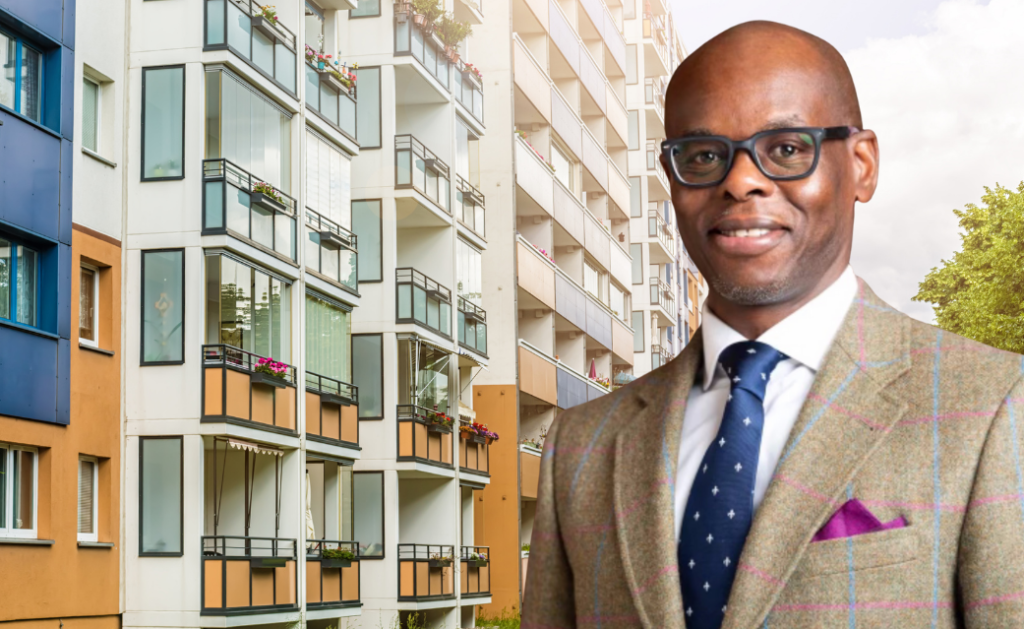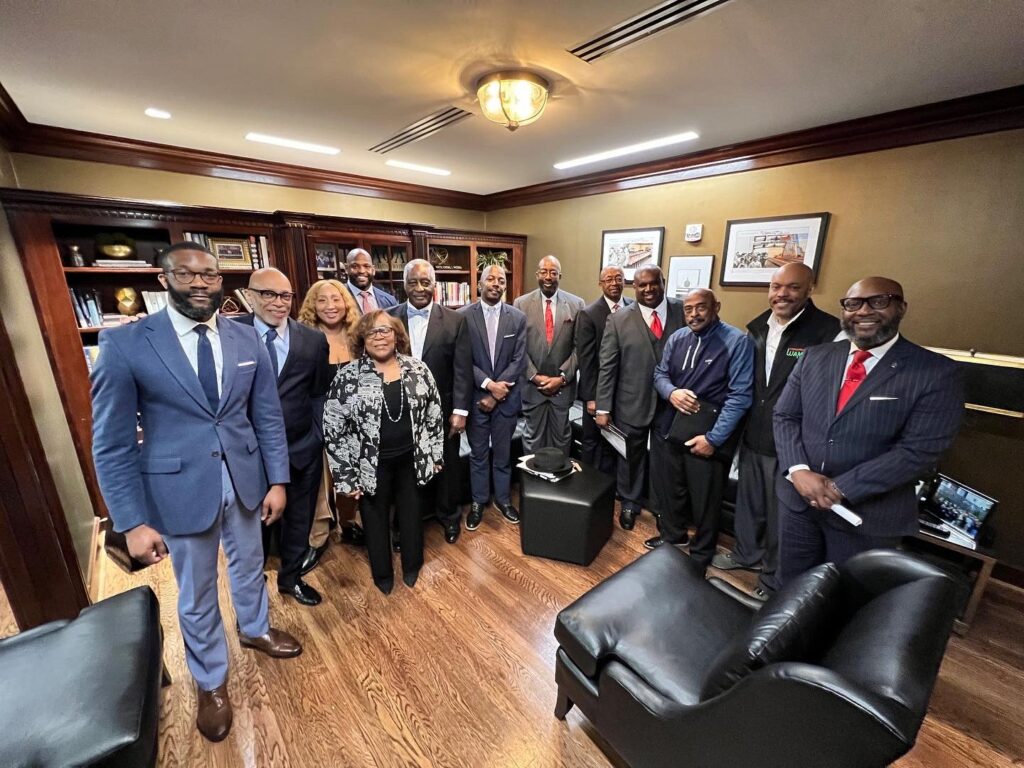Alternative investments are a popular way for investors to diversify their portfolios and potentially earn higher returns. These types of investments are not the typical stocks, bonds, and cash, but rather a range of other assets that offer the potential for higher returns and lower volatility.
Real Estate
Real estate is one of the most popular alternative investments and can take many forms, including residential properties, commercial properties, and real estate investment trusts (REITs). Investing in real estate allows investors to earn income through rent and capital appreciation. Furthermore, real estate can provide diversification benefits as it doesn’t always move in sync with the stock market.
Private Equity
Private equity funds invest in private companies, typically with the goal of taking the company public or selling it to another company. These investments can provide significant returns, but they also come with a higher level of risk. Private equity is only available to accredited investors and institutional investors.
Hedge Funds
Hedge funds use a variety of investment strategies to generate returns that are not closely correlated with the overall stock market. These strategies can include short selling, leverage, and derivatives. Hedge funds are only available to accredited investors and institutional investors, and they typically have higher investment minimums and management fees than traditional mutual funds.
Commodities
Commodities are raw materials that are used in the production of goods and services. Investing in commodities can provide diversification benefits and the potential for higher returns. Commodities can be traded through futures contracts, commodity ETFs, and commodity-focused mutual funds.
Art, Collectibles
Investing in rare and valuable art, antiques, and other collectible items can be a great way to diversify a portfolio. The value of these items can appreciate over time and they can also provide enjoyment while they’re held. Investing in art, and collectibles can be difficult, as it requires knowledge and expertise to accurately value the items.
Venture Capital
Venture capital funds invest in start-ups or early-stage companies with high growth potential. These investments can provide significant returns, but they also come with a higher level of risk. Venture capital funds are typically only available to accredited investors and institutional investors.
Infrastructure
Investing in infrastructure projects such as roads, bridges, airports, and other public assets can provide a steady stream of income through tolls, fees, and rentals. Infrastructure investments also provide long-term growth potential as the economy grows and the infrastructure assets become more valuable.
Private Debt
Investing in loans made to companies or individuals, such as real estate loans or small business loans, can provide a steady stream of income through interest payments. Private debt investments can also provide diversification benefits as the returns are not closely tied to the stock market.
Alternative investments can provide diversification and the potential for higher returns. However, it’s important to note that they also come with a higher level of risk, and they may only be available to accredited investors and institutional investors. It’s also crucial to do your research and understand the investment before putting your money into it.

